Japan has killed 333 minke whales—including more than 200 pregnant females—as part of this year’s Antarctic whale hunt, according to the country’s Institute for Cetacean Research.
On Wednesday, four ships returned from their 115-day expedition to conduct “scientific” whaling activities. The hunt was in blatant disregard of the International Court of Justice’s 2014 ruling that challenged the scientific legitimacy of the program.
The International Whaling Commission, which regulates the industry, has banned commercial whaling since 1986, but an exemption for scientific studies remains. Japan has long been accused of using this exemption as cover for commercial whaling activities.
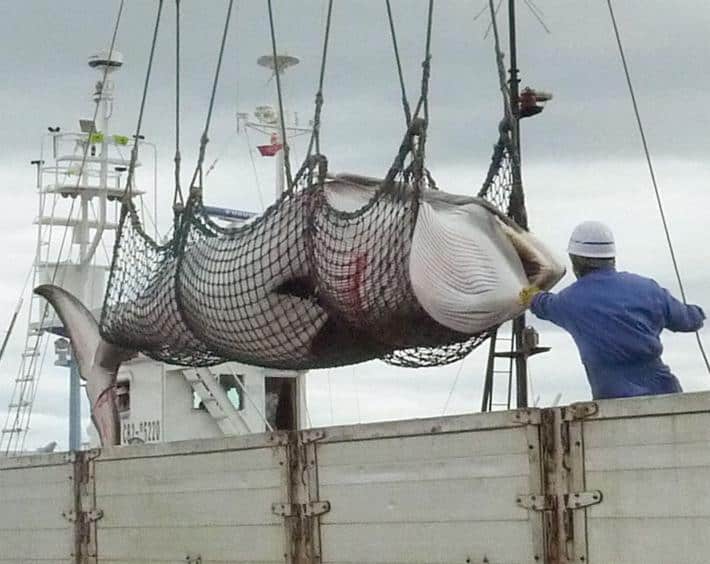
As marine mammal biologist Leah Gerber told National Geographic in 2014:
Once a Japanese ship lands a whale, there is some semblance of scientific activity, including collecting organs for use in research, Gerber said. But the bulk of the whale goes to market, she said, where it’s sold for consumption.
After the international court ruling, Japan halted its whaling activities briefly, but then resolved to begin whaling again in the 2015-2016 season. It revised its program to be more scientific, and it lowered its quota of whales by about two-thirds.
Still, many scientists derided the new plan, and the International Whaling Commission could not reach a consensus on whether it met requirements. And while the quota reduction looked good on paper, it didn’t make much of a difference in practice, according to Astrid Fuchs, the whaling program manager for the nonprofit organization Whale and Dolphin Conservation. In previous years, Japan has killed between 200-400 Antarctic minke whales each year. This year’s 333 isn’t out of the ordinary.
Also part of its plan: targeting females. Japan maintains that it must capture and kill juvenile and adult females in order to determine the age at which minke whales reach sexual maturity. Japan wants to use this data in its quest to demonstrate the minke whale population is healthy enough for regular whaling, Fuchs said.
And because it’s breeding time in the southern seas, 90 percent of the females Japanese whalers killed were pregnant.
The expedition was part of a 12-year plan to kill nearly 4,000 whales in Antarctic waters. The conservation status of Antarctic minke whales is unclear, but some analyses have found a 60 percent reduction when comparing the 1978–91 period and the 1991–2004 period, which would qualify it for endangered status.
This article was first published by National Geographic on 25 Mar 2016.
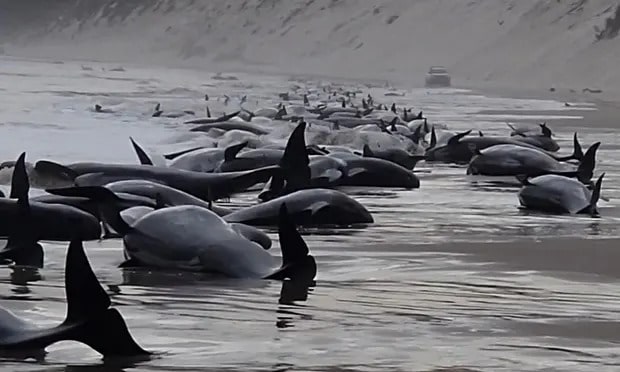

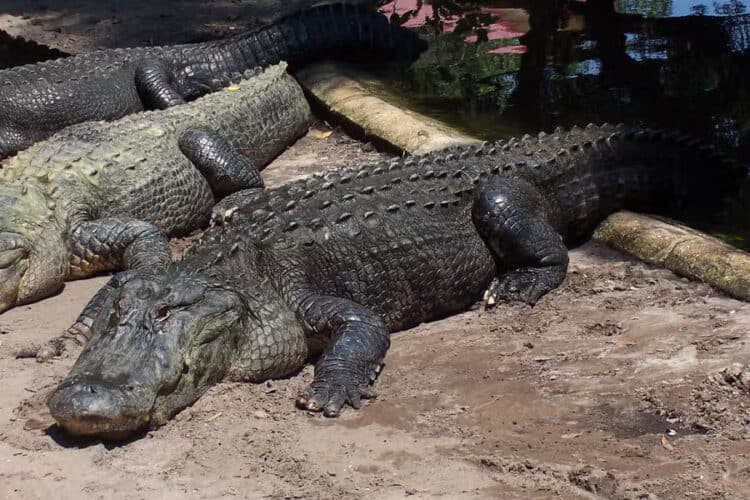
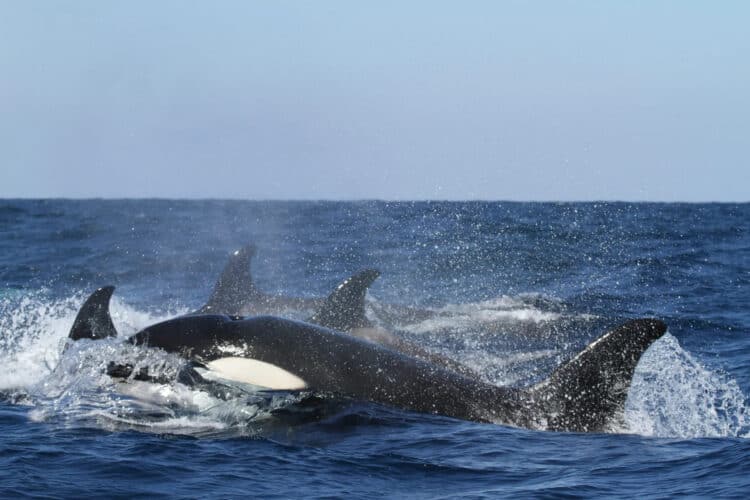
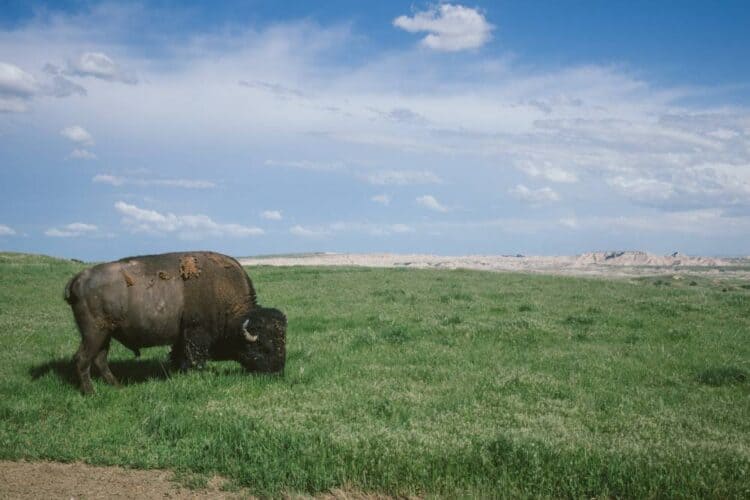

Leave a Reply